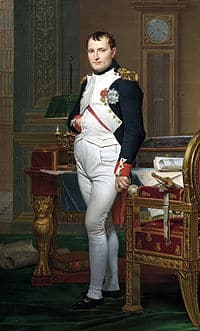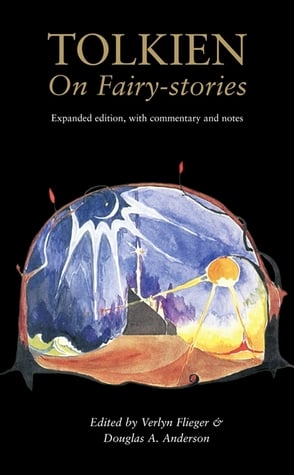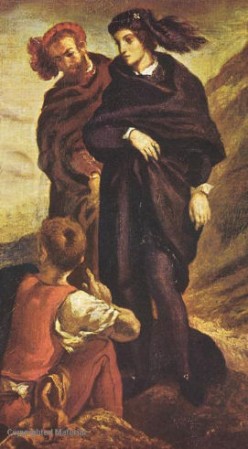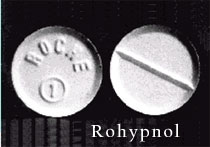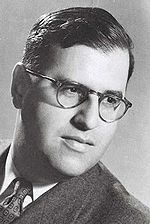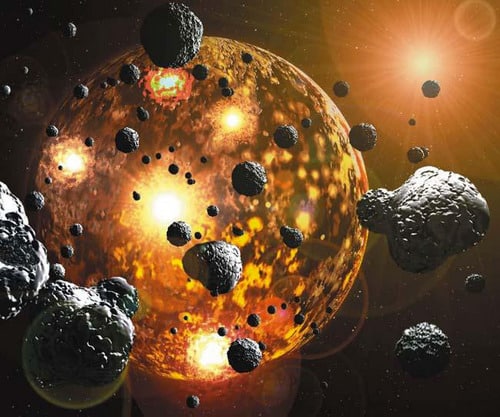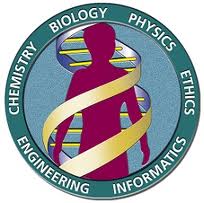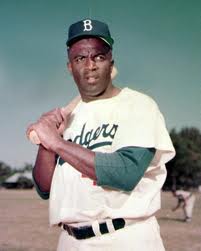Tutor and Freelance Writer. Science Teacher and Lover of Essays.
Article last reviewed: 2022 | St. Rosemary Institution © 2010-2024 | Creative Commons 4.0
There are many theories surrounding who the Sea Peoples were, Phillstine, Greek, Minoan, Trojan or people from modern day Italy. In 75 BC, on voyage in Aegean Sea, Julius Caesar was captured by Sicilian pirates. He maintained an attitude of superiority and good cheer throughout his captivity. When the pirates decided to demand a ransom…
Purpose To see how the acceleration of a cart depends on the resultant force acting on the cart and the mass of the cart, and how this relation can be expressed in a single equation. We hypothesized that with a constant mass of the system (a decrease in cart mass) and an increased net force,…
To describe the intelligence and cleverness of Napoleon is a task not unlike the way he led his own armies, something to be broken down into sections and examined. For Napoleon was himself a man of details, meticulous and methodical. He fully believed that victory was based on two things, fast and hard attacks…
In J.R.R Tolkien’s essay “On Fairy Stories” he argues that it is not necessary to be a child to enjoy and read fairy-tales, he states (while making a reference to the races found in H.G Wells novel, The Time Machine), “Let us not divide the human race into Eloi and Morlocks: pretty children—“elves” as the…
Society has formulated a system in which certain people have been given a position of authority in order to serve and protect its people. These select few are put through rigorous training tactics and methods as to keep our cities and towns safer for all to live in, however what happens when this thirst for…
In the play Hamlet, we see a man who is driven to revenge after the murder of his father. However, this man, the titular character of the play, Hamlet, is indecisive and goes through a variety of problems in his quest for revenge. He is supported or schemed against by a variety of characters, many…
Great Barrier Reef, Australia The Great Barrier is the world’s largest system of coral reefs. The Great Barrier Reef is made up of more than 2000 individual reefs and it extends 2000 kilometres. The Great Barrier Reef stretches 2300 kilometres along the Northeast coast of Australia going from Queenstown to Bundaberg. Ocean animals called coral…
The Panama Canal, Panama The Panama Canal is one of the greatest engineering achievements and most frequented waterways of all time. The Panama Canal cuts across the Isthmus of Panama and links the Atlantic Ocean with the Pacific. This canal was built in order to shorten the voyage between New York City and San Francisco…
There have been many different inventions that have led us to our modern day computer Original computers were non-electronic devices used simply to tally and calculate numbers As time progressed more and more improvements were added to these computers which have led to the modern day computers that we have There have been several different…
Facts and Stats Rohypnol is used by people of all socioeconomic classes This drug is generally used by men of all classes to put into the drinks of women at bars “DATE RAPE” When consumed, women do not remember anything and they are at the disposal of the male, be it a homeless person or…
Abba Eban was born Aubrey Solomon Eban in Cape Town, South Africa, on February 2, 1915. Early in his life he moved to England and went to school there. While he was in England, World War II broke out and he joined the British Army. While he was in the army he managed to rise…
The Ethiopian Jews are a very interesting story. Jews have been in Ethiopia for a long time. In, the 4th century in Ethiopia there was a rise in Christianity. The people in charge of the country said that all people had to convert to Christianity. Any Jew who refused to convert to Christianity was persecuted.…
Define/ Describe the Offence State the Section of the Criminal Code Summary, Indictable, or Hybrid Minimum and/or Maximum Penalty Abortion Legal in Canada up to the point of the baby passing through the birth canal. – – – Theft Over $5000 An indictable offence and liable to imprisonment for a term not exceeding ten years,…
What is Solar Debris? After birth of the Sun; debris was blown outwards Much of the debris eventually fell back into the Sun, if its trajectory was correct Other debris, has enough outward energy to break free of the Sun’s gravity, began to drift in orbit around the Sun Comets & TNOs Comets: Dirty snowballs…
Introduction About 110 years ago, when McKinley was President of United States, the concept “Man on Moon” was an insignificant consideration to society and to the government’s budget. In present day, space constitutes a large portion of the 2011 government budget plan. President Barack Obama is predicting a manned Mars mission to orbit the planet…
Interaction on Facebook is a recent phenomenon which is completely unparalleled by any other form of social relationship. According to a study done of students at Michigan State, “70% of students reported they spend 30 minutes on Facebook per day” (Lampe, Steinfeld, Ellison, 167) . A Facebook relationship takes place in a fashion where the…
The codification of laws is something which dates back to as early as 1760 BC. The first real civil code was the Code of Hammurabi, which was started by Hammurabi the ruler of Babylon. This code went by the principle of “an eye for an eye”, which in modern terms would be known as retribution.…
Name of Colony Date Founded Reason for Colony’s Establishment Founder Primary Economic Base Roanoke(Virginia) 1587 To establish themselves in NA John White N/A-did not last long enough Jamestown(Virginia) 1607 To find gold and a water route to Asia Captain John Smith Tobacco Maryland March 25, 1634 To create a place where English Catholics could go…
What: The human genome project was a project that analyzed the chemical instructions that explain our hereditary features. This project also learned about heredities in the typical house mouse. The project also focused on the fruit fly and the round worm. The project also applies to cloning. When: The human genome project began in 1990.…
Jack Roosevelt Robinson was born in Cairo, Georgia on January 31, 1919. When he was just a year old, Jackie moved to Pasadena, California in 1920. As Jackie got older he went on to become a university student at UCLA (University of California Los Angeles). While he was at UCLA, Jackie was a star in…



